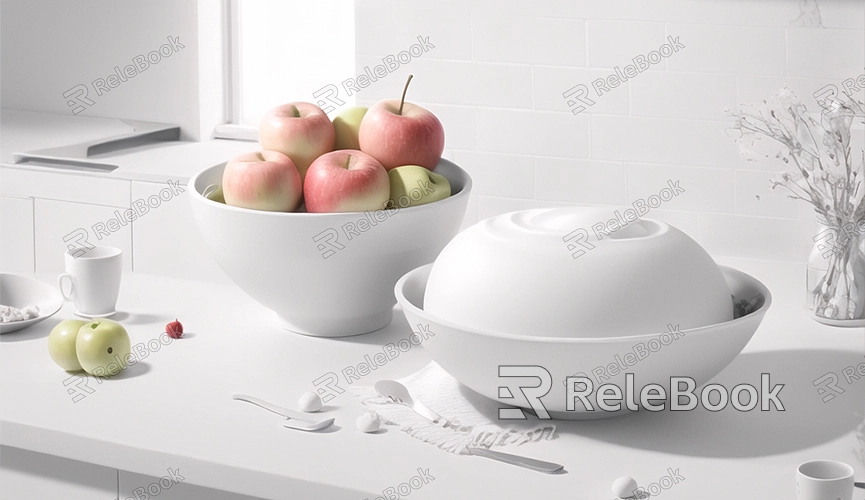How to Render a Roblox Character in Blender
Blender is a powerful open-source 3D modeling and rendering software, and Roblox is a widely popular game development platform. Importing a Roblox character into Blender and rendering it allows you to create high-quality character images that can be used for personal or project presentations. This article will provide a detailed guide on how to render a Roblox character in Blender, which we hope will be helpful.
Step One: Preparation
Before we begin, we need to prepare the following tools and resources:
1. Blender: Can be downloaded and installed for free from the [Blender official website].
2. Roblox Studio: Used for creating and exporting characters.
3. Blender Plugin: A plugin called Blender Roblox Character Importer, which is used to import Roblox characters into Blender.

Step Two: Exporting the Character in Roblox Studio
1. Open Roblox Studio and log in to your account.
2. In Roblox Studio, create or open a game that includes the character you want to export.
3. Select the character you want to export, right-click on the character model, and choose "Export Selection."
4. In the dialog box that appears, name the file and choose a save location, making sure the file format is .obj.
Step Three: Installing the Blender Plugin
To facilitate the import of Roblox characters, we need to install a plugin:
1. Open Blender, go to the "Edit" menu, and select "Preferences."
2. In the Preferences window, choose the "Add-ons" tab, then click the "Install" button.
3. Locate and select the Blender Roblox Character Importer plugin file you've downloaded, and click "Install Add-on."
4. In the add-on list, check the box next to Blender Roblox Character Importer to enable the plugin.
Step Four: Importing the Roblox Character into Blender
1. In Blender, open a new project.
2. Select "File" > "Import" > "Wavefront (.obj)" from the top menu bar.
3. Locate and select the .obj file you exported from Roblox Studio, and click the "Import OBJ" button.
Step Five: Adjusting the Character Model
After importing the character, you may need to make some adjustments to suit rendering:
1. Scale and Position: Use the shortcut key `S` for scaling, `G` for moving, `R` for rotating to position the character appropriately in the scene.
2. Apply Materials and Textures: Select the character model, go to the "Materials" tab, and add materials to the character. You can import custom texture files to add more details to the character.
Step Six: Setting Up Lighting and Camera
1. Lighting Setup: Add light sources to the scene, choosing from spotlights, point lights, or directional lights, and adjust the intensity and position of the light sources as needed.
2. Camera Setup: Select and adjust the camera position and angle to ensure the character is centered in the camera view and presents the best view.
Step Seven: Rendering Settings
Before rendering, make sure the rendering parameters are set:
1. Go to the "Render" tab and choose the rendering engine (Cycles renderer is recommended for higher quality images).
2. Set the rendering resolution and output format.
3. Adjust advanced settings such as ray tracing and sampling as needed to improve rendering effects.
Step Eight: Start Rendering
Once everything is ready, you can start rendering:
1. Select "Render" > "Render Image" from the top menu bar.
2. The rendering process may take some time, depending on your computer's performance and the complexity of the rendering settings.
Step Nine: Save the Rendering Results
After rendering is complete, you can save the results as image files:
1. In the render result window, select "Image" > "Save As" from the top menu bar.
2. Name the file, choose the save location and format (such as PNG, JPEG, etc.), and click the "Save" button.
By following these steps, you can successfully render high-quality Roblox character images in Blender. If you are not satisfied with the rendering results, you can adjust the lighting, materials, and camera settings as needed and render again. If you need many high-quality 3D textures and HDRIs, or 3D model downloads when creating models and virtual scenes, you can download them from Relebook. After downloading, simply import the textures and 3D models directly into your model for use.

